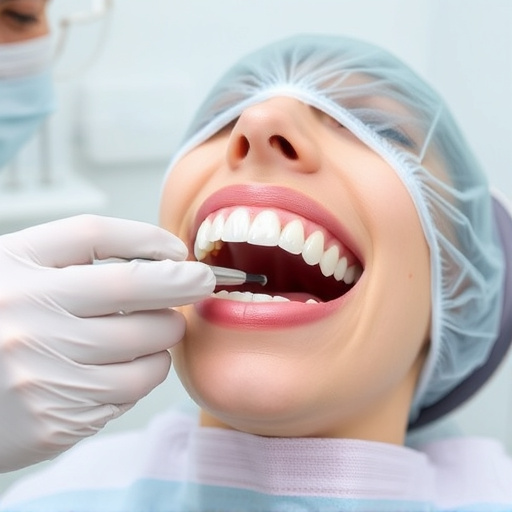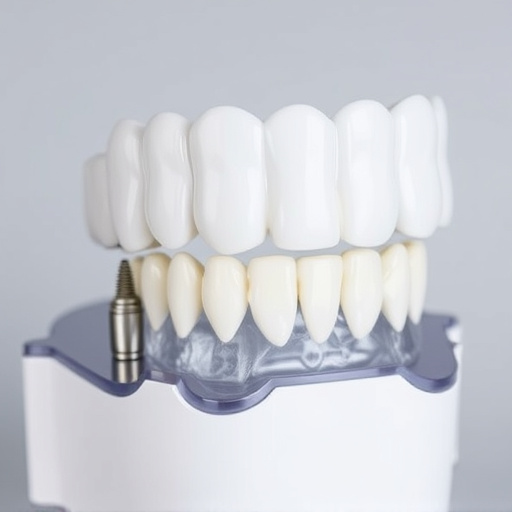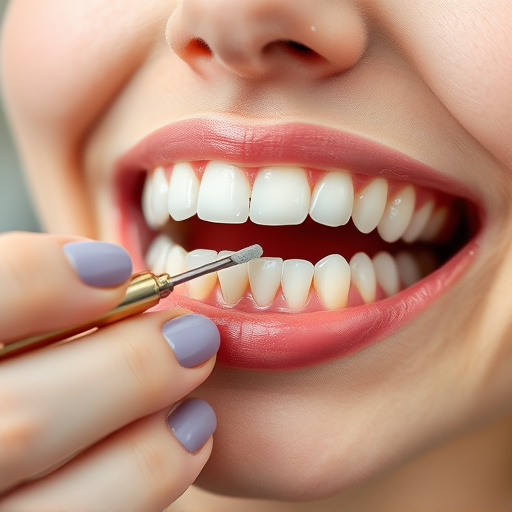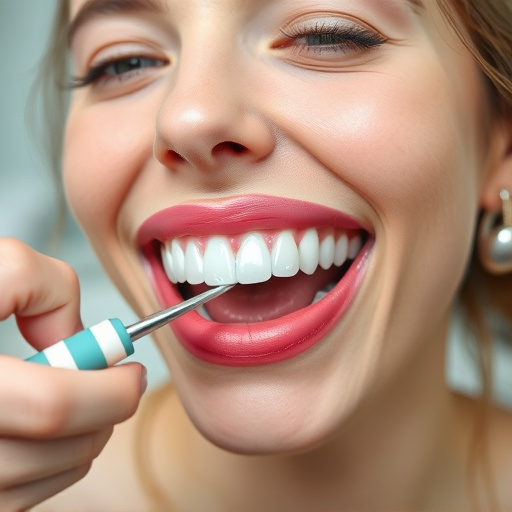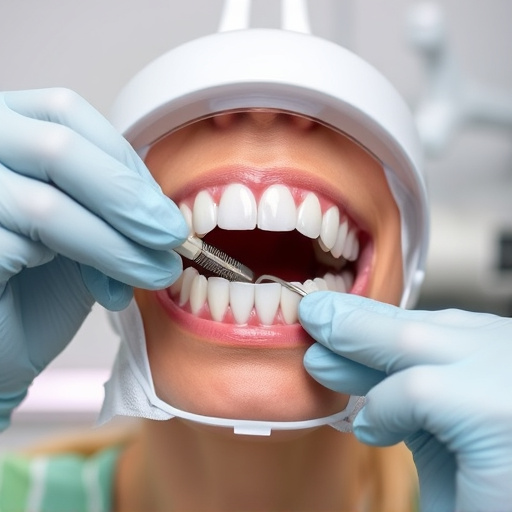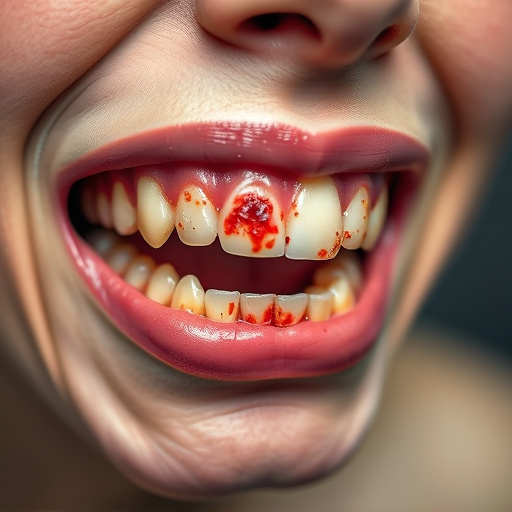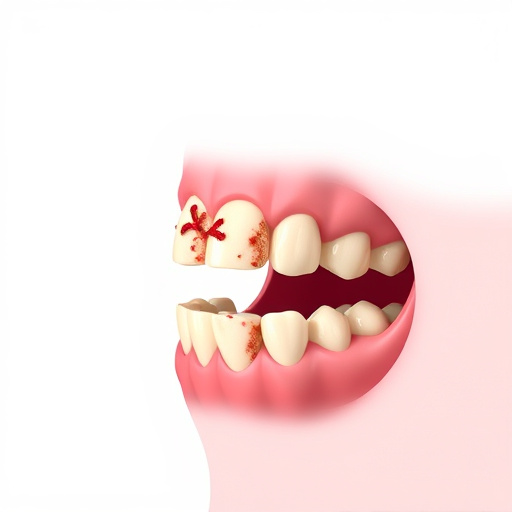A comprehensive dental exam is a crucial step in maintaining optimal oral health, involving detailed inspection of teeth, gums, and jawline using advanced tools like X-rays, lights, cameras, and lasers to detect decay early. This holistic approach guides personalized hygiene guidance, preventing severe tooth decay caused by sugar, poor hygiene, and dry mouth. Timely intervention through emergency care or recommended treatments preserves long-term oral health.
A comprehensive dental exam goes beyond a quick check-up, serving as a cornerstone of oral health. This in-depth assessment includes examining teeth, gums, and the jaw for signs of decay, damage, or disease. By understanding the underlying causes of tooth decay and employing modern diagnostic tools, dentists can accurately identify potential issues early on. Through this article, we’ll explore each aspect crucial to a successful comprehensive dental exam, empowering you with knowledge to maintain optimal oral health.
- Understanding Dental Exams: A Foundation for Oral Health
- Uncovering Tooth Decay: Signs, Causes, and Prevention
- Comprehensive Assessment: Tools and Techniques for Accurate Diagnosis
Understanding Dental Exams: A Foundation for Oral Health

A comprehensive dental exam goes beyond a quick check-up. It’s a foundational step in maintaining optimal oral health, addressing potential issues early on and preventing more serious problems down the line. During this detailed assessment, dentists thoroughly inspect your teeth, gums, mouth, and even your jawline. X-rays may be taken to reveal hidden decay or abnormalities not visible to the naked eye. The exam isn’t just about detecting problems; it’s also about providing personalized guidance on oral hygiene practices tailored to your needs.
Consider this rigorous evaluation as a crucial aspect of general dentistry or family dentistry. It’s like tuning up your body’s most visible and essential instrument—your smile. While a regular cleaning focuses on surface-level care, a comprehensive dental exam delves deeper, identifying even the subtlest signs of tooth decay through advanced diagnostic techniques. Even if you’re committed to meticulous brushing and flossing at home, professional dental bonding or other restorative procedures might be recommended as part of your overall oral health strategy.
Uncovering Tooth Decay: Signs, Causes, and Prevention
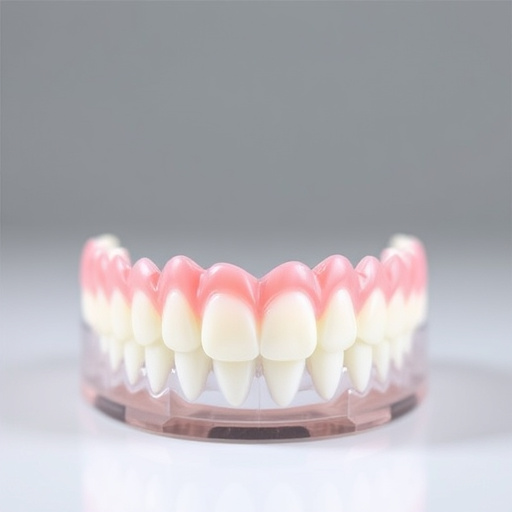
Tooth decay is a common oral health issue that can often go unnoticed until it becomes a more significant problem. During a comprehensive dental exam, our professionals carefully assess each tooth for signs of decay, which can range from visible cavities to subtle changes in enamel structure. The primary causes include sugar consumption, poor oral hygiene, and dry mouth, all of which create an environment conducive to bacterial growth. Regular brushing, flossing, and the use of fluoride products are key preventive dentistry measures. For children’s dentistry patients, establishing good oral care habits early on can significantly reduce the risk of tooth decay.
In addition to routine check-ups, emergency dental care may be necessary if decay progresses. Prompt action is crucial; left untreated, decay can lead to pain, infection, and even tooth loss. By incorporating preventive dentistry practices into your daily routine, you can maintain optimal oral health. Regular comprehensive dental exams play a vital role in early detection, allowing for timely intervention and preserving your smile’s longevity.
Comprehensive Assessment: Tools and Techniques for Accurate Diagnosis
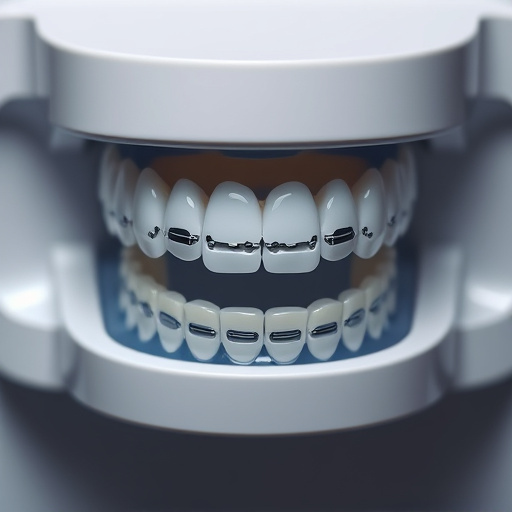
A comprehensive dental exam goes beyond a surface-level check-up. Dentists employ advanced tools and techniques to meticulously assess every aspect of your oral health, including tooth decay. This involves using bright lights, magnifying glasses, and specialized instruments to inspect teeth and gums for any signs of damage or disease. Digital X-rays provide detailed images, revealing hidden cavities or bone loss that might not be immediately apparent during a visual examination.
Moreover, modern technology like dental lasers and advanced imaging systems enhance accuracy. Laser scanners can detect even the earliest stages of tooth decay, while intraoral cameras help patients visualize problem areas, fostering better understanding and compliance with preventive dentistry practices. These tools empower dentists to make informed diagnoses, differentiate between minor issues and severe conditions, and recommend appropriate treatments, from emergency dental care for acute problems to cosmetic dentistry for aesthetic enhancements, ensuring optimal oral health outcomes.
A comprehensive dental exam, including a thorough assessment of tooth decay, is an integral part of maintaining optimal oral health. By understanding the signs, causes, and prevention strategies of tooth decay, individuals can empower themselves to take proactive measures. Utilizing advanced tools and techniques during these exams ensures accurate diagnoses, enabling dentists to provide personalized treatment plans. Regular comprehensive dental exams are key to preserving a healthy smile and overall well-being.



